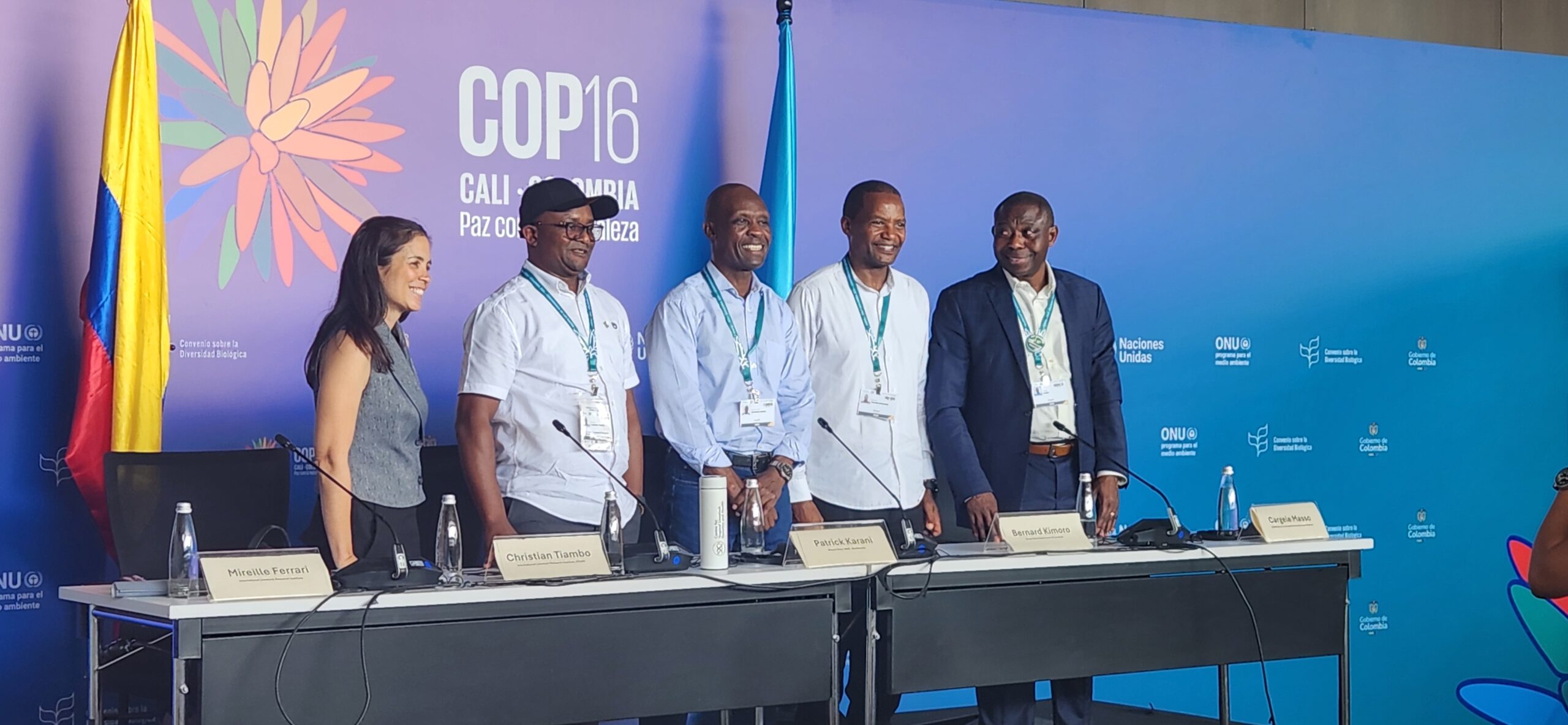Local and indigenous livestock for nature and biodiversity action - A new narrative for biodiversity from the NBSAPs
- From
-
Published on
11.11.24
- Impact Area

“We don’t usually think of pastoralists as allies in the biodiversity sphere, but we need to build these unconventional coalitions and partnerships,” said Harko Koster, Global Lead Climate & Food Systems, SNV at a livestock roundtable at COP16.
At this year’s COP16, there has been more talk than ever in the Kunming-Global Biodiversity Framework (KMGBF) about the intersection between agriculture and biodiversity, also known as agroecology. Target 10: Enhance Biodiversity and Sustainability in Agriculture, Aquaculture, Fisheries, and Forestry of the KMGBF, is working towards meeting agro ecological goals, yet in the description and title, there is no mention of livestock. How can livestock be part of the solution if there’s no awareness or representation?
Why livestock matters
One of the few livestock panels at COP16 brought together experts from the International Livestock Research Institute (ILRI), the CGIAR Environmental Health & Biodiversity Platform, African Union, and the Kenya State Department for Livestock to share about the importance of livestock in promoting biodiversity.
Take the Maasai Mara in Kenya for example. When livestock move around, they not only eat the grasses, but help plow up the land, opening new spaces where seeds can inoculate. Livestock manure also acts as a key contributor to biodiversity because it serves as a natural fertilizer, disseminates seeds, and builds the soil water holding capacity of soils. This helps maintain the value of land and its soils, preventing land degradation and mitigating climate change.
The group’s key recommendations to increase livestock in working biodiversity frameworks include:
1. Bring together diverse stakeholders including the government, organizations like African Union, and researchers to synthesize scientific evidence to inform policy making
2. Include livestock, wildlife and other biodiversity components in the NBSAPs
3. Include local and indigenous livestock breeds into country biodiversity strategy and action plans
Sally Katee, Research Associate of Access and Benefit Sharing (ABS) at ILRI left the audience with these final words, “It’s extremely important that we don’t leave out livestock and extremely important that we include livestock in these global frameworks. In the global south it is an intricate part of our livelihoods.”
Roundtable of livestock leaders converge
The next evening, on the 30 of October, GIZ, ILRI, WWF, in partnership with the Alliance Bioversity and CIAT, and SNV hosted a Round table dinner: bringing livestock to the biodiversity table that brought together pastoralists, farm owners, investors, nonprofits, researchers, government ministers and other stakeholders in livestock, biodiversity and sustainable food systems to explore how sustainable livestock practices can contribute to biodiversity conservation and resilient agricultural systems.
As the group dined on a locally, sustainably raised cattle, Cargele Masso, Director of the Environmental Health & Biodiversity Platform, addressed the room of attendees, excited to see that the platform is putting into practice what we call for: bringing together multi stakeholder and participatory approaches and community of practices to work towards promoting biodiversity.

At the roundtable, one of the biggest points brought up by ranchers and on-the-ground nonprofits was the importance of protecting traditional ranching and pastoral ways and local livestock species breeds. The issue is that there are not enough markets (demand) to support smallholder pastoralists and ranchers raising local and indigenous livestock breeds (supply). A solution proposed is to increase access to markets (through business training, education to increase demand for local, indigenous breeds, etc.) so that pastoralists have consumers who will purchase their livestock. Another concern brought up is that civil society moves a lot faster than government. One way to address this is by the government first engaging with the people the policy is targeting to impact.
The group amplified the voices of people from all legs of the livestock supply chain, and we are hopeful for more collaboration and work through each of their entities in promoting more biodiversity through livestock.
By Kristen Tam
Related news
-

Strengthening One Health through rangelands stewardship
Multifunctional Landscapes Science Program04.12.25-
Climate adaptation & mitigation
HEAL community rangeland health workers presented at the 33rd Annual Conference of the Ethiopian Soc…
Read more -
-

Innovative Aloe vera ventures: Community Rangeland Health Workers paving the way for healthy people and healthy rangelands
Multifunctional Landscapes Science Program04.12.25-
Climate adaptation & mitigation
The One Health approach connects the health of humans, animals, and the environment. By fostering…
Read more -
-

How District Technical Working Groups are Reviving Cambodia’s Floodplain Ecosystems
Scaling for Impact Program04.12.25-
Climate adaptation & mitigation
By Sao Sok, WorldFish & Sanjiv De Silva, IWMI Cambodia’s diverse natural ecosystems remain cen…
Read more -
